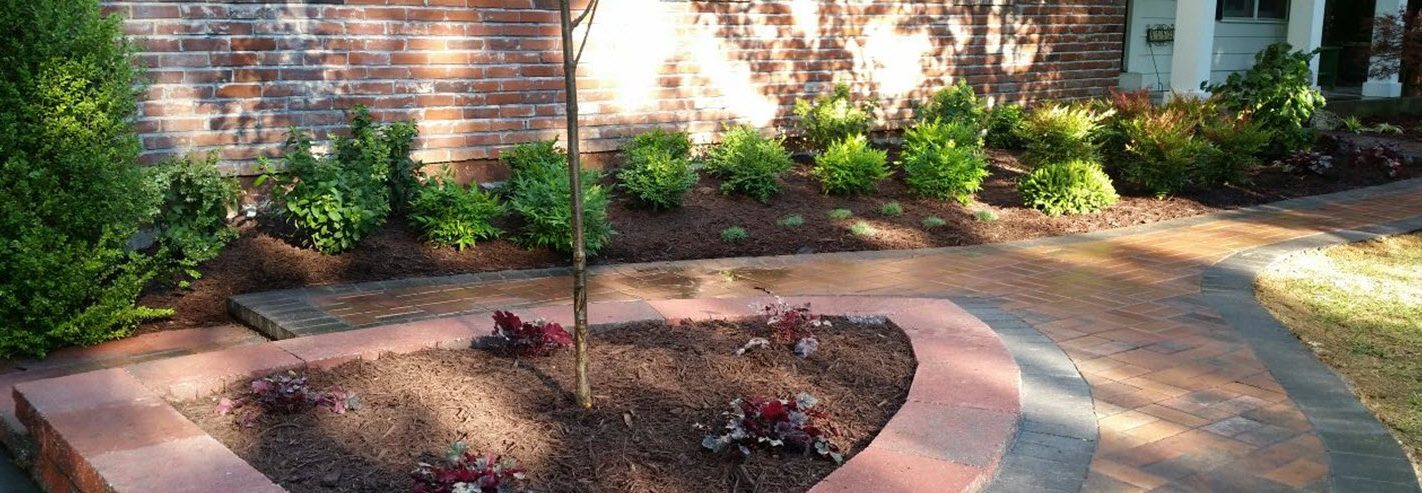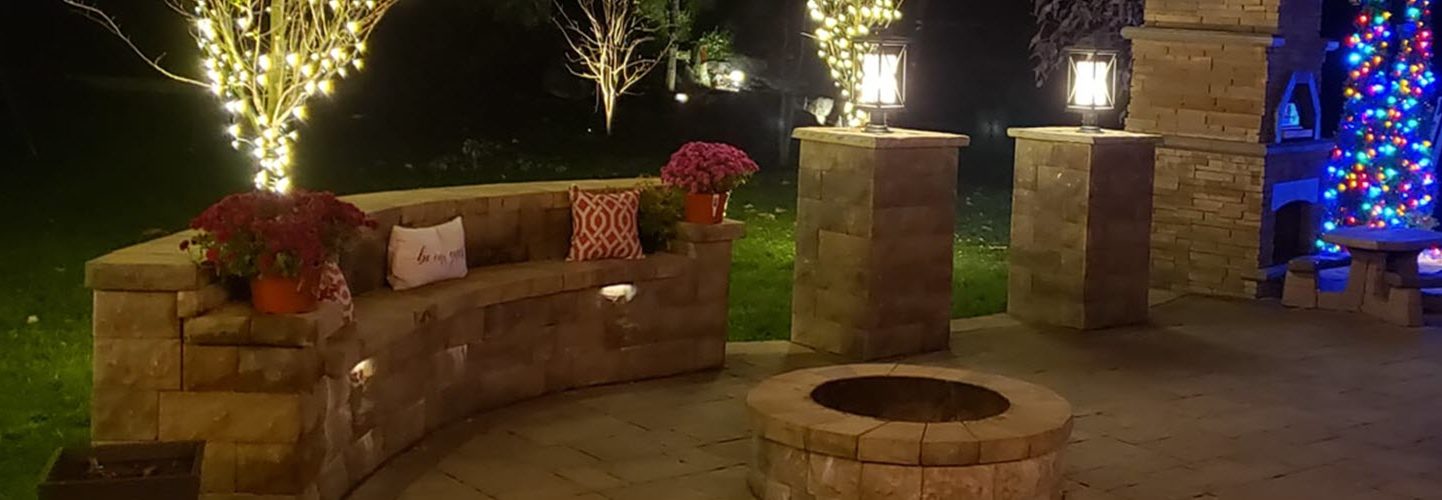Different Grass Seeds and How to Properly Seed Your Lawn
A luxurious, green lawn and landscaping not only makes spending time outside very enjoyable, it also increases the curb appeal of your home. However, the type of grass to plant, and how to plant it is a mystery to many homeowners. Let’s go over a few things, to demystify the different grass seeds, and how to properly seed your lawn. If you still have questions after reading this page hop over here for more details on seeding your lawn.
Know Your Zone and Soil Type
The first thing you need to know is your “hardiness zone” and the type of soil. A hardiness zone defines your area’s climatic conditions, as it relates to plant growth. Soil types will further determine which types of grass will thrive in your region.
You can find maps of hardiness zones online, and you may be able to look up your area’s soil type. However, you may need to get a soil test kit from your local plant nursery to determine your soil type.
Types of Popular Grass Seed
In the Northeast, Kentucky Bluegrass is extremely popular. Lawns in the Northeast require grass that thrives in cooler temperatures and is naturally resistant to plant diseases in this region. Kentucky bluegrass fits the bill, thriving throughout the Northeastern states.
The climate in the Midwest is widely variable, from humid to dry, with cold winters and hot summers. Perennial rye grass is a versatile choice for the Midwest, thriving under the hot sun, but also tolerating light shade.
The Southeast is warm and humid, and Bermuda grass thrives under these conditions. However, it will die back during cold winters. Overseeding a Bermuda grass lawn in the winter with Rye grass seed is a popular thing to do, maintain a lush, green lawn year-round.
High temperatures and high humidity mark the Deep South and Gulf Coast. In this part of the country, Bahia grass and Centipede grass are popular. Both of these grasses are low growing and low maintenance and very hardy.
Bermuda grass is widely planted in the hot, arid Southwestern deserts. It’s not only heat tolerant and hardy, but also drought resistant. It also thrives in the alkaline soils common to the regions.
The cool temperatures and high humidity of the Pacific Northwest make rye grasses and fine fescues a good choice. These grasses are naturally resistant to cool weather diseases and are shade tolerant.
How to Properly Seed Your Lawn
Once you decide on the right type of grass for your region, it’s time to start seeding.
First of all, a healthy lawn needs good soil. Most grass prefers a neutral soil, neither acid nor alkaline. Test your soil, and apply the right soil amendments to bring it to the right range for your type of grass. See this page on seeding your lawn.
Dig up the ground to a depth of 2-3”, while working in your compost and fertilizers. Smooth out the surface of the soil.
Sprinkle on the grass seed; you can cast it by hand, or use a grass seed spreader. Next, rake the grass seed into the soil, and cover it with a layer of mulch. Finally, water it frequently, until the grass seeds sprout. Once the grass reaches 1” in height, cut back on the watering. Learn more about watering your lawn.
If you’re seeding bare spots in an existing lawn, rake up the bare patches to aerate the soil, and apply some compost and fertilizer. Sprinkle on the grass seed, and rake it in, and water frequently until the grass seed sprouts.
By choosing the right grass, and feeding it with the right fertilizers and the right amount of water, a luxurious lawn can be yours in no time. A dense, green lawn will not only bring joy to you and your family, it will also add value to your home.













